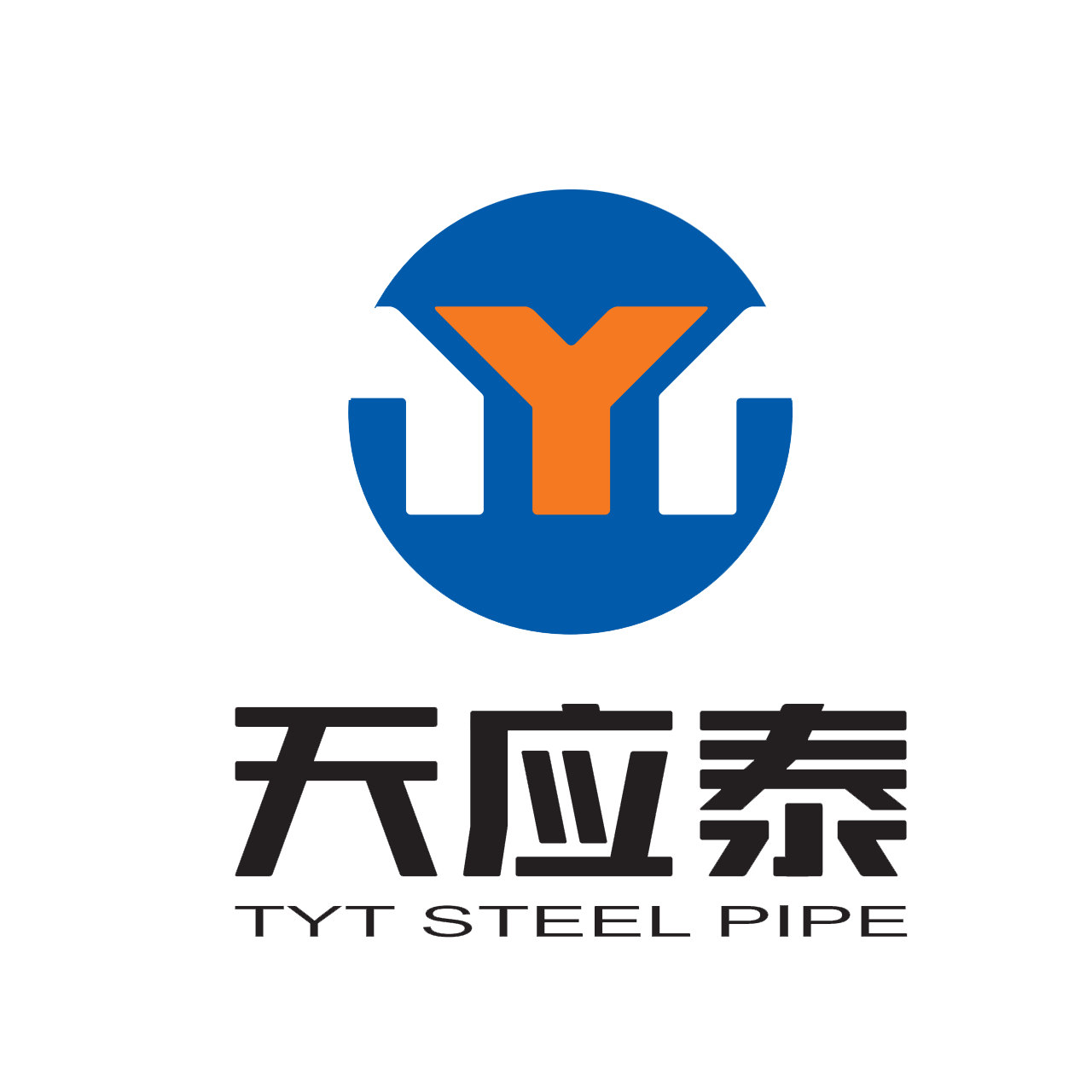Scaffolding is a vital component in any construction project, allowing workers safe and convenient access to high or difficult to reach areas. This equipment not only provides a platform for workers to perform their tasks more efficiently, but also ensures their safety while working at height. Generally made of steel or aluminum, scaffolding systems are designed to be lightweight, durable, and easy to install. In this article, we will explore the different types of scaffolding and their benefits.
Types of Scaffolding
- Supported Scaffold: This is the most common type of scaffolding used in construction projects. It is made up of vertical and horizontal components, with the weight of the platform and workers transferred to the ground through the vertical supports. The platform is typically made of either wood or steel planks.
- Suspended Scaffold: As the name suggests, this type of scaffold is suspended from the roof or other overhead structure. This is suitable for projects where access to the lower levels of the building is necessary, and is commonly used for exterior painting, window cleaning, and other maintenance tasks.
- Aerial Scaffold: This type of scaffold is designed for use around aircraft, including the wings, fuselage, and tail sections. These are made of lightweight materials, and are designed to be easily moved and adjusted to suit the specific requirements of the task.
Benefits of Scaffolding
- Improved Efficiency: Scaffolding systems provide access to high or difficult to reach areas, allowing workers to perform their tasks with greater efficiency. This reduces the amount of time it takes to complete a project, resulting in cost savings for the construction company.
- Enhanced Safety: Accidents in construction sites are common, particularly when working at height. Scaffolding provides a platform for workers to perform their tasks with greater safety. Sturdy scaffolding systems offer a secure and stable platform for workers, reducing the risk of falls or other accidents.
- Improved Work Quality: Scaffolding allows workers to perform their tasks more efficiently and accurately. This ensures a higher quality of work, resulting in a better end product.
- Safer and Easier Equipment Transport: Scaffolding systems are designed to be portable, easy to assemble and dismantle. The components are lightweight, making them easy to move from one location to another. This makes transport of the equipment safer, and more efficient.
- Affordable Option for Multiple Uses: Scaffolds can be reused many times, making it an affordable option for multiple construction projects. They can also be rented, further reducing the cost of equipment for the construction company.
In conclusion, scaffolding is an essential component in any construction project, providing workers with safe and efficient access to high or difficult to reach areas. The various types of scaffolds ensure that there is a safe and suitable option for every type of construction project. With proper training and equipment maintenance, scaffolding can effectively increase productivity, enhance work quality, and reduce the risk of accidents in construction sites.
